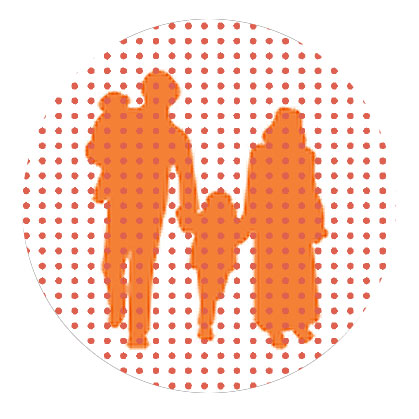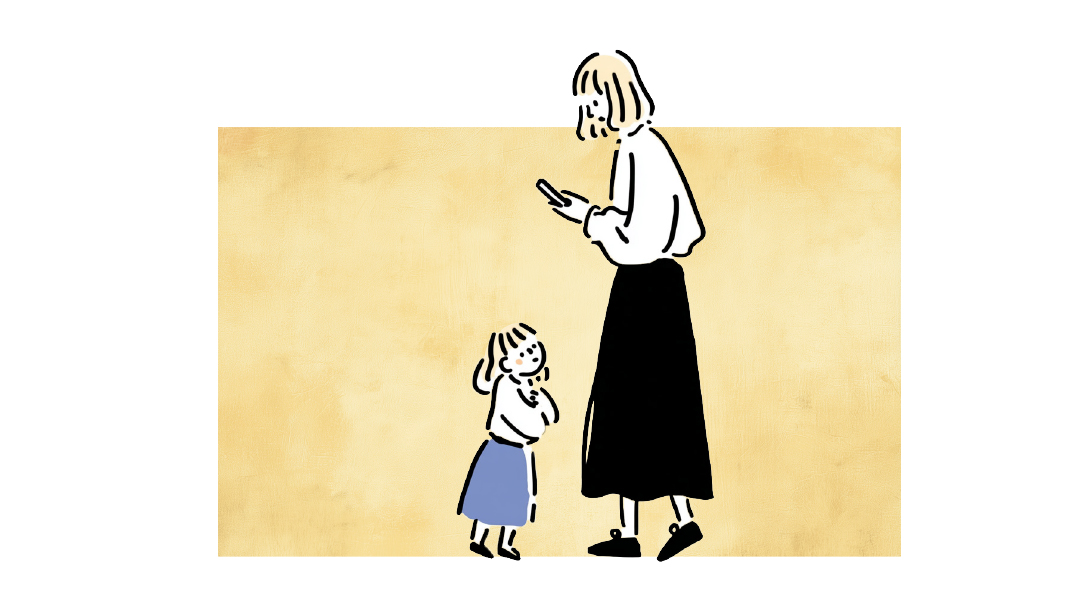How We Look

It can be uncomfortable to see ourselves on Zoom. It’s just a small taste of what’s to come
We’ve experienced a lot of changes in the past year. The shaking up of our existence isn’t necessarily a bad thing; it helps us analyze what’s truly important, useful, and efficient, and what can be discarded. It helps us see things in new ways. Even ourselves.
“I can’t stand the way I look on Zoom. I’ve passed by plenty of mirrors in my time, but I’ve never seen myself as I appear in a Zoom meeting. I can see every little blemish and wrinkle, and my sheitel never looks normal.”
It’s not only Zoom business calls that challenge us these days; we’re zooming into simchahs, shiurim, family gatherings, social calls, and more. We’re seeing more of ourselves than ever as our little picture pops up on all those screens. But why do so many of us often dislike what we see there?
A person is so used to seeing herself in reverse (the way we all appear in mirrors) that to her, the reversed image becomes her familiar, recognizable, perfectly likable face. She’s shocked at the way she looks on Zoom, at her unreversed image! She’s seeing herself now the way others see her, and this can be an uncomfortable and even distressing experience.
In addition, extreme wide-angle front-facing cameras tend to create unflattering shadows that can exaggerate facial flaws and distort features, creating an image that its owner really doesn’t love.
As if all this wasn’t bad enough, we’re presented with this unacceptable image the entire time we’re communicating to others on a Zoom call. In real life, when we talk to people, we’re looking at them — not at ourselves. But on Zoom, instead of being able to focus on others — their words, their intentions, their feelings, and their message — we may be busy checking to see how we look. “I look too serious...I should sit up...” We’ve become obsessed over our appearance.
Technology to the Rescue!
Self-observation has become so common and so unsettling that technology has rushed in to provide solutions. Don’t like your un-mirror image? Just select “video mirroring” in your Zoom preferences in order to see your regular “mirror” self!
Too many wrinkles creasing your lovely visage? No problem! Just select “touch up appearance” in your meeting preferences and voilà — you’re looking better on screen than you do in real life!
Still don’t like what you see? In personal Zoom calls at least, you can just close your image altogether — click the little minus button and poof! It’s gone! How convenient. And how misleading.
We Can Fool Some People...
On Zoom, the real you never needs to show up, and yes, that can provide a great sense of relief. But there’s another movie that we’ll all have to watch, and this one won’t afford us that comfort.
After death, in our life review, we’ll be forced to watch our unadulterated, unfiltered image, a true video recording of our actual appearance as we lived our life. When the camera captures our after-dinner rant (“Can’t anyone be bothered to lift a finger in this house? Do you all honestly think I’m your slave or something here to just serve you and clean up after you? Because let me tell you...”), we’ll see our curled lip, furrowed brow, and ugly sneer straight up. And the discomfort of seeing this will be far more intense than the one we experience when we notice a few sheitel hairs out of place on our Zoom call.
Yes, we’re self-conscious on screen. We want to look our best for other people and are even willing to settle for phony touch-ups and tricks to achieve that result. But honestly, we need to be more self-conscious at home when no one is there except our immediate family. We need to be sprucing ourselves up in order to impress, not “people,” but rather HaKadosh Baruch Hu.
The only way to produce a life-review video we will “look good in” when we watch it is to act in ways that are beautiful now. The respect we show a misbehaving child, the understanding we show a forgetful spouse, the restraint we impose on our own mouth — all of this creates our recording.
The beauty that will be captured there — the patience, forgiveness, compassion, gratitude, and love we express in our daily interactions, particularly with our family members — is what will make us look good when it matters most.
(Originally featured in Family First, Issue 734)
Oops! We could not locate your form.




